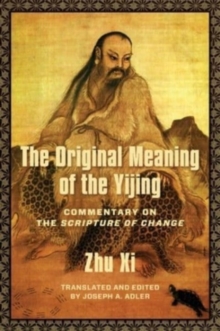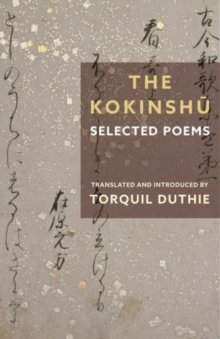
Haiku Before Haiku : From the Renga Masters to Basho EPUB
by Steven D. Carter
Part of the Translations from the Asian Classics series
EPUB
Description
While the rise of the charmingly simple, brilliantly evocative haiku is often associated with the seventeenth-century Japanese poet Matsuo Basho, the form had already flourished for three hundred years before Basho even began to write.
These early poems, known as hokku, are identical to haiku in syllable count and structure but function differently as a genre.
Whereas each haiku is its own constellation of image and meaning, hokku opens a a series of linked, collaborative stanzas in a sequence called renga. Under the mastery of Basho, hokku first gained its modern independence.
His talents evolved the style into the haiku beloved by so many poets today& mdash;Richard Wright, Jack Kerouac, and Billy Collins being notable devotees.
This anthology reproduces 300 Japanese hokku poems composed between the thirteenth and early eighteenth centuries, from the work of the courtier Nijo Yoshimoto to the genre's first "professional" master, Sogi, and his subsequent disciples.
It also features twenty masterpieces by Basho himself.
Steven Carter, a renowned scholar of Japanese poetry and prominent translator, includes an introduction covering the history of haiku and the form's aesthetics and classifies these poems according to style and context& mdash;distinguishing early renga from Haikai renga and renga from the Edo period, for example.
His rich commentary and analysis illuminates each work, and he adds their romanized versions and notes on composition and setting, as well as brief descriptions of the poets and the times in which they wrote.
Information
-
Download - Immediately Available
- Format:EPUB
- Pages:144 pages
- Publisher:Columbia University Press
- Publication Date:16/02/2011
- Category:
- ISBN:9780231527064
Other Formats
- Paperback / softback from £18.35
- Hardback from £68.19
Information
-
Download - Immediately Available
- Format:EPUB
- Pages:144 pages
- Publisher:Columbia University Press
- Publication Date:16/02/2011
- Category:
- ISBN:9780231527064










